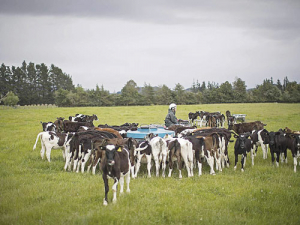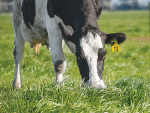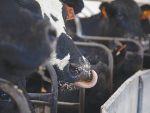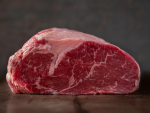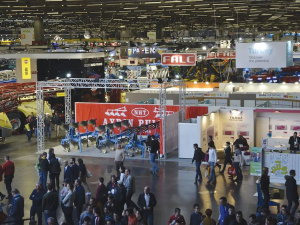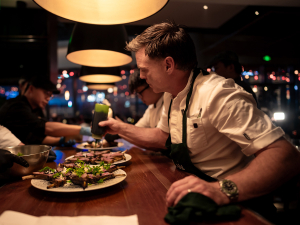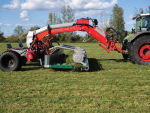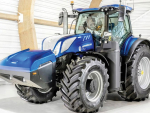The bacterial disease M. bovis now infects 36 properties in various regions and Biosecurity NZ expects to find further infected properties.
M. bovis can lead to serious conditions in cattle and causes animal welfare and productivity issues.
Calves can contract M. bovis through direct contact with infected cattle or by consuming milk from infected cows.
Farmers buying or selling calves or milk can take simple steps to reduce the risk of spreading M. bovis and other diseases.
Stock movements are the highest risk for spreading M. bovis.
DairyNZ’s advice is to buy from as few sources as possible; deal directly with the source farm or via an agent.
Don’t hesitate to ask questions about any M. bovis test results available for the farm, or whether the farm has been subject to M. bovis tracing by MPI.
Ask about the stock trading practices of the farm and whether all stock movement records are up to date and recorded in NAIT. Ask about cow and calf health on the farm for the past two seasons.
Avoid buying from sale yards because of the cattle mixing that occurs there; buy only calves with NAIT tags and promptly record all movements.
Ask your trucker to avoid mixing calves with other cattle in holding yards or on the truck; keep purchased calves isolated from the main group for seven days and monitor them for signs of disease.
Find a buyer now for your future weaned calves, if possible, and tell buyers about efforts to reduce the risk of M. bovis exposure.
Don’t feed infected milk
Feeding infected milk is the second-highest risk of spreading M. bovis.
Milk that has the lowest risk of containing M. bovis bacteria comes in these forms: calf milk replacer powder, acidified milk or pasteurised milk.
If you’re using milk replacer powder, order now to avoid problems with supply.
If you’re feeding whole milk, consider the following:
- Do not feed milk from cows under treatment for mastitis or other illnesses; this milk should be discarded. These cows are more likely to shed M. bovis into their milk than healthy cows.
- Acidification with citric acid to pH below 5 for at least eight hours will kill M. bovis, but below pH4 the milk will be unpalatable and the calves will refuse to drink it. Our recommended target is pH4.5.
- Pasteurisation will kill M. bovis if the machine is working correctly and the proper procedures are followed. A pasteurisation machine is costly.
- Addition of yoghurt to milk is a less reliable way to reduce pH, as this process takes more time and is temperature dependent to get the culture growing. If the pH doesn’t drop below 5 for at least eight hours, M. bovis will not be killed.
- M. bovis is not killed by the addition of potassium sorbate preservative.
Go, no-go areas
Whenever calves leave the farm on a truck, working with your trucker to make their job as easy as possible will help to ensure your calves are treated with care.
The position of your bobby calf pick-up point and slink collection point can improve onfarm biosecurity and reduce the risk of exposure to pests, weeds and disease.
Use the red, orange, green system to map out zones on your farm. Bobby calf and slink pick-up point should be in the green zone, and the bobby calf and slink truck should remain in the green zone while on farm.
Bobby calf rearing facilities are in the orange zone. If you have to load out of the bobby shed then ensure as little cross over as possible between the truck and drivers and the inside of your bobby calf sheds. Ensure all slinks are covered and out of public view.
Red: No-go areas for visitors, tankers, livestock trucks, for example, paddocks and heifer rearing sheds. Red zones can only be entered after carrying out visitor biosecurity procedures.
Orange: Areas that are accepted to have a mix of cows, farm staff, visitors and equipment, e.g. the milking shed.
Green: Areas that have unrestricted access to visitors, their vehicles, tankers and livestock trucks but restricted access by cows, e.g. the milk tanker track and access tracks to houses on the farm.

